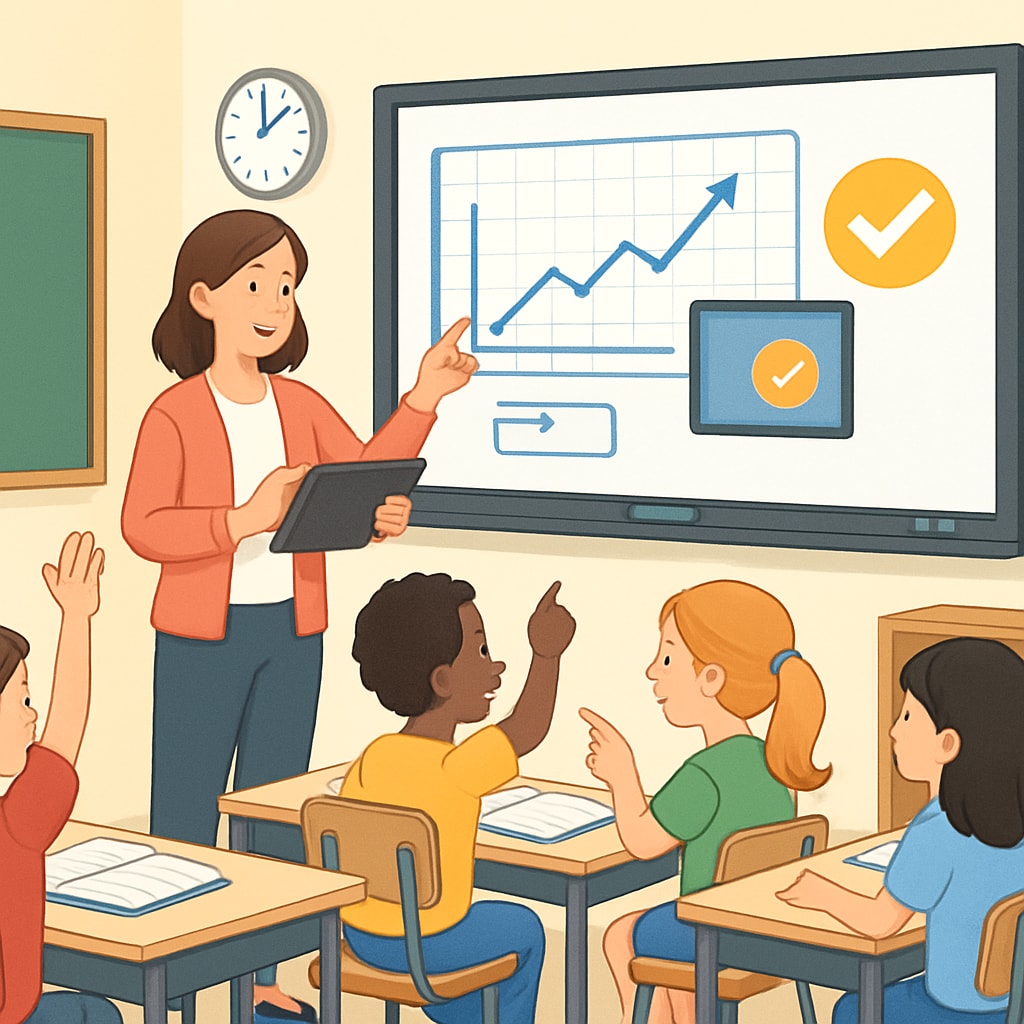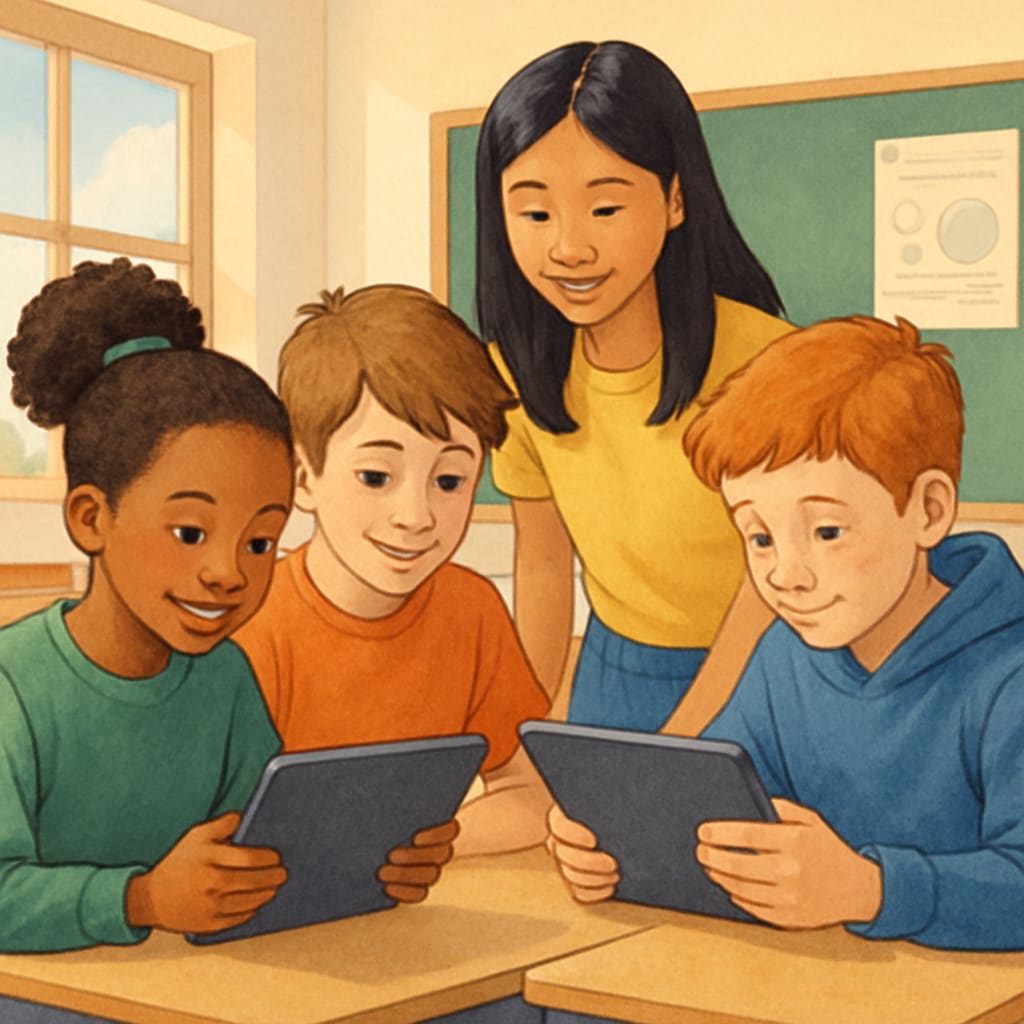The K12 education landscape is filled with “education pain points, tool improvement, and daily challenges.” Teachers and students alike navigate a maze of expectations, limited resources, and technological gaps. While educational tools are abundant, many fail to address the nuanced needs of modern classrooms. This article delves into these core challenges, evaluates existing solutions, and proposes innovative tools to create a win-win ecosystem for all stakeholders.
Identifying Core Challenges in K12 Education
Both educators and students encounter a wide array of obstacles that hinder the teaching-learning process. For educators, challenges often include:
- Managing diverse learning styles within the same classroom
- Administrative workloads that leave little room for lesson planning
- Adapting to rapidly changing educational technologies
On the other hand, students face issues such as:
- Lack of personalized learning resources
- Difficulty maintaining engagement in a traditional classroom setup
- Stress due to standardized testing and academic pressure
These challenges highlight the need for tools that cater to the specific requirements of both teachers and students. Unfortunately, many current solutions fall short, either by being overly complex or failing to adapt to varying educational contexts.

The Limitations of Existing Educational Tools
Despite the proliferation of educational technologies, gaps remain. Many tools are designed with a one-size-fits-all approach, ignoring the unique dynamics of individual classrooms. For instance:
- Learning management systems (LMS) often lack intuitive user interfaces, making them cumbersome for teachers to adopt.
- Gamified learning platforms may prioritize entertainment over pedagogical value, reducing their effectiveness.
- Assessment tools frequently focus on summative evaluation, neglecting formative assessments that can guide daily learning improvements.
Moreover, accessibility remains a significant issue. Schools in underfunded districts may lack the infrastructure to implement advanced tools, perpetuating inequities in education.

Innovative Solutions to Bridge the Gap
To address these challenges effectively, educational tools must be both innovative and adaptable. Here are some suggestions for improvement:
- Personalization through AI: Tools powered by artificial intelligence can offer tailored learning experiences, adapting content to each student’s pace and style.
- Simplified User Interfaces: Platforms with intuitive designs can reduce the learning curve for teachers, allowing them to focus on instruction rather than troubleshooting.
- Mobile Accessibility: Developing tools that are optimized for mobile devices ensures that students in resource-limited environments can still access quality education.
- Real-time Analytics: Teachers can benefit from tools that provide instant feedback on student performance, enabling data-driven decisions to improve outcomes.
These solutions can transform the classroom experience, fostering an environment where both educators and learners thrive.
Looking Ahead: A Collaborative Approach
Addressing the “education pain points, tool improvement, and daily challenges” in K12 education requires collaboration between educators, technologists, and policymakers. For instance:
- Educators can provide insights into classroom needs, ensuring tools are practical and relevant.
- Technologists can leverage emerging innovations, such as machine learning and augmented reality, to create cutting-edge tools.
- Policymakers can advocate for equitable funding, ensuring all schools have access to essential resources.
By working together, stakeholders can create a more inclusive and effective educational ecosystem, benefiting teachers and students alike.
Readability guidance: This article uses short paragraphs, clear transitions, and lists to enhance readability. Overly long sentences and passive constructions are minimized, ensuring clarity and engagement. The strategic placement of images and external links adds value to the discussion.


